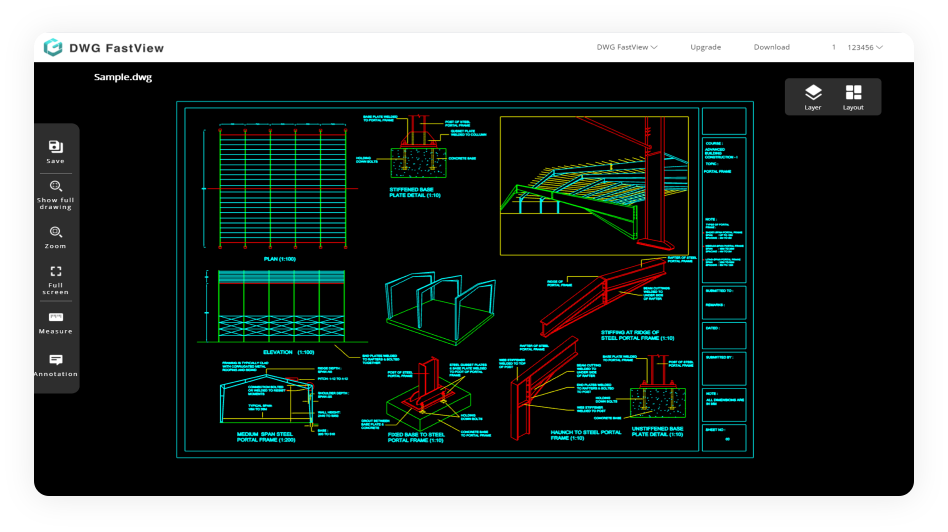




Subject:
Mastering AutoCAD: The Art of Flattening Drawings (Jan 10, 2024)
Prayer Request:
Mastering AutoCAD: The Art of Flattening DrawingsAutoCAD, a leading software in the field of Computer-Aided Design (CAD), is renowned for its robust features and functionalities. One such feature that significantly enhances the user experience is the ability to flatten drawings. This feature is particularly useful when dealing with 3D models or drawings that have been assigned different elevations or Z values.To get more news about flatten autocad, you can visit shine news official website.The process of flattening a drawing in AutoCAD involves reducing the elevation or Z value of the drawing or some objects within it to zero. This is particularly useful when certain commands such as TRIM, EXTEND, HATCH, FILLET, JOIN, or measurements for distance and angles are not working correctly due to the presence of different Z values.
 AutoCAD provides an automatic way to flatten drawings using the FLATTEN command, which is part of the Express Tools. To use this command, all lines, arcs, and polylines are selected, and their Z values are changed to zero. It's important to turn off or freeze any hatch layers with hatch patterns so they are not included in the selection.While it's possible to select and flatten everything in a drawing all at once, it might be necessary to flatten portions of content for some drawings. This can be done using the QSELECT command to select each group of object types and then run the FLATTEN command on them.For 3D objects, AutoCAD provides the FLATSHOT or SOLPROF command to create 2D views. These commands are useful for creating 2D representations of 3D models, which can then be flattened using the FLATTEN command.In addition to the automatic method, AutoCAD also provides a manual way to flatten drawings. This involves opening the Properties window in AutoCAD, using Quick Select or the QSELECT command to select objects by type, and then changing the values for Start Z, End Z, and Center Z to zero.An alternative way to change the Z value of objects to zero is to use the CHANGE command. This command allows users to select all objects and then change their elevation to zero. However, this method does not work on complex objects such as 3D objects.In conclusion, the ability to flatten drawings in AutoCAD is a powerful feature that enhances the user experience. It simplifies the process of working with 3D models and drawings with different elevations, making it easier for users to manipulate and analyze their drawings.
AutoCAD provides an automatic way to flatten drawings using the FLATTEN command, which is part of the Express Tools. To use this command, all lines, arcs, and polylines are selected, and their Z values are changed to zero. It's important to turn off or freeze any hatch layers with hatch patterns so they are not included in the selection.While it's possible to select and flatten everything in a drawing all at once, it might be necessary to flatten portions of content for some drawings. This can be done using the QSELECT command to select each group of object types and then run the FLATTEN command on them.For 3D objects, AutoCAD provides the FLATSHOT or SOLPROF command to create 2D views. These commands are useful for creating 2D representations of 3D models, which can then be flattened using the FLATTEN command.In addition to the automatic method, AutoCAD also provides a manual way to flatten drawings. This involves opening the Properties window in AutoCAD, using Quick Select or the QSELECT command to select objects by type, and then changing the values for Start Z, End Z, and Center Z to zero.An alternative way to change the Z value of objects to zero is to use the CHANGE command. This command allows users to select all objects and then change their elevation to zero. However, this method does not work on complex objects such as 3D objects.In conclusion, the ability to flatten drawings in AutoCAD is a powerful feature that enhances the user experience. It simplifies the process of working with 3D models and drawings with different elevations, making it easier for users to manipulate and analyze their drawings.
No messages have been posted.
You must first create an account to post.